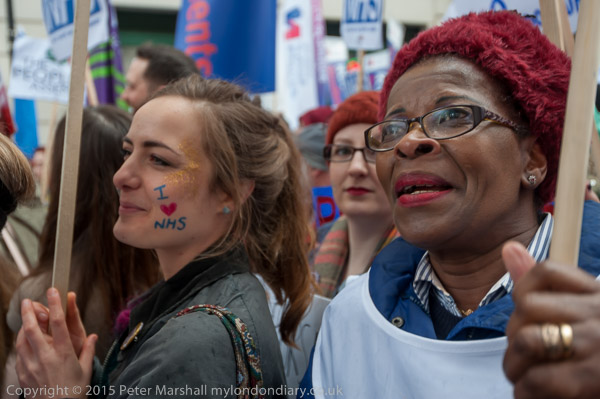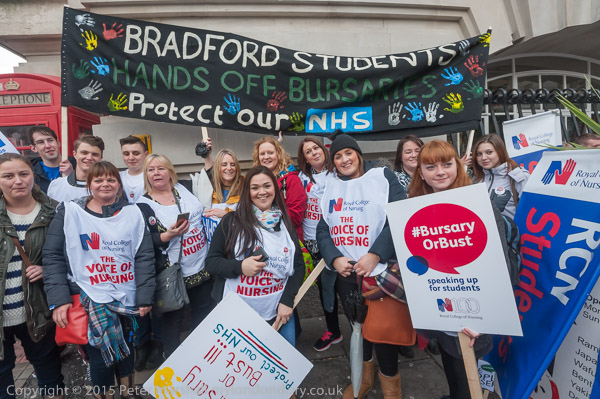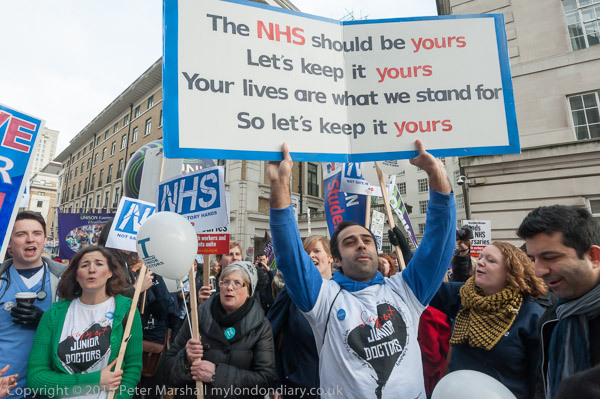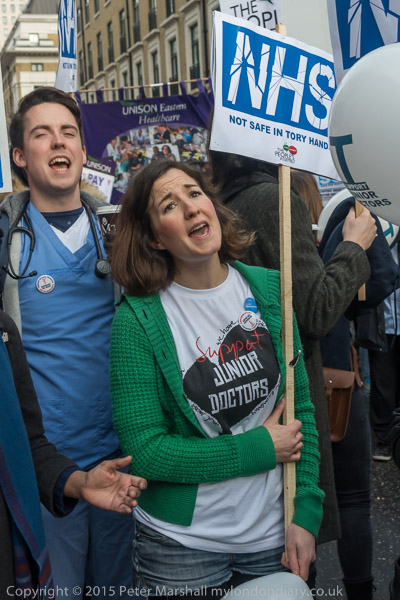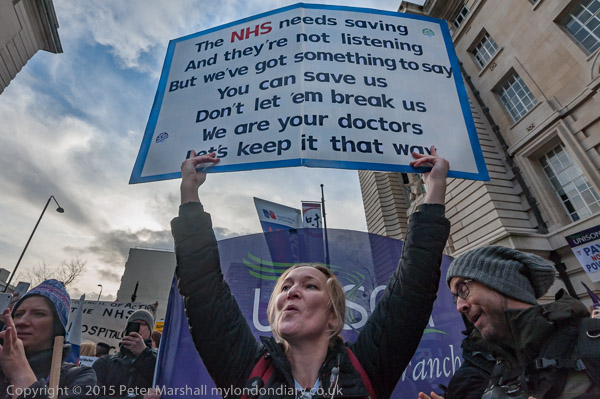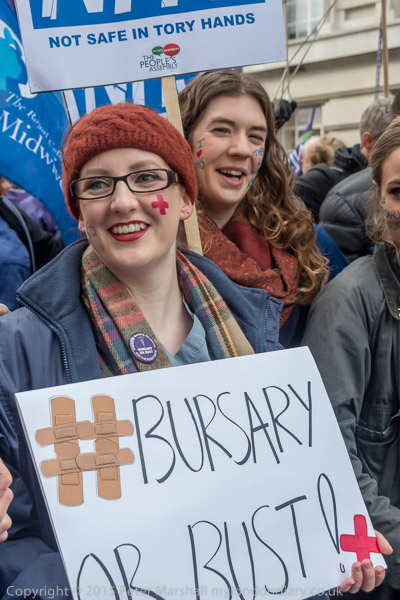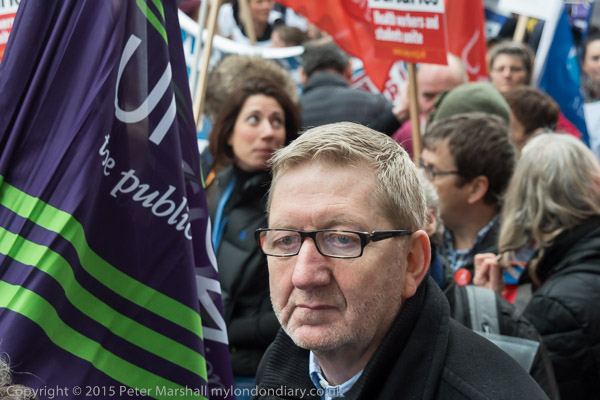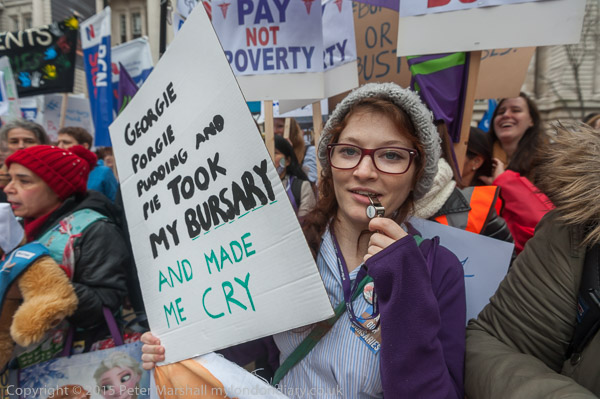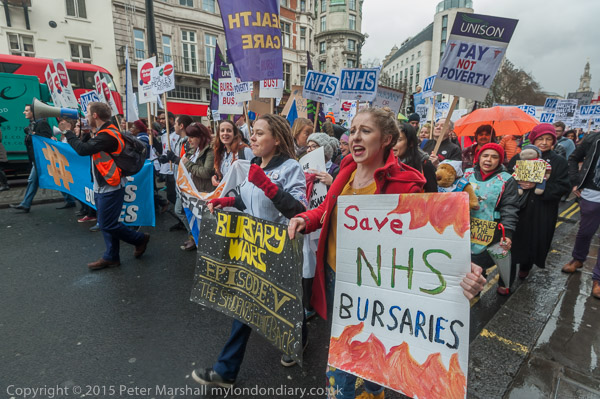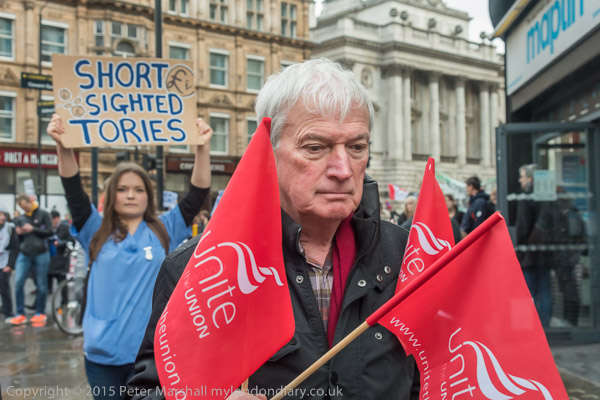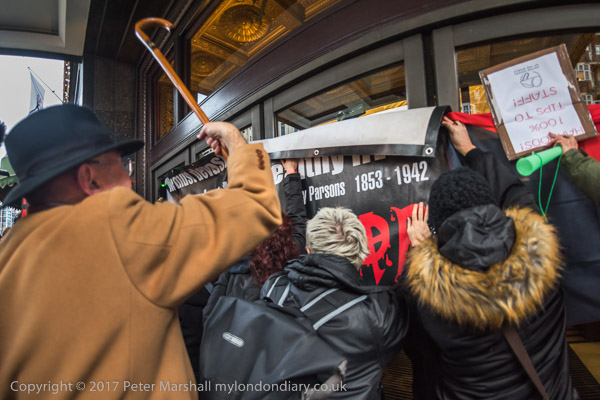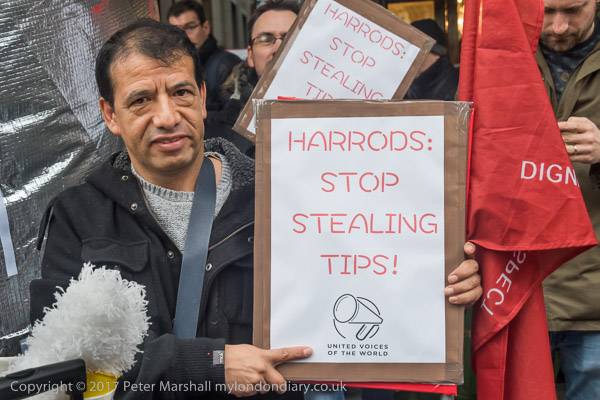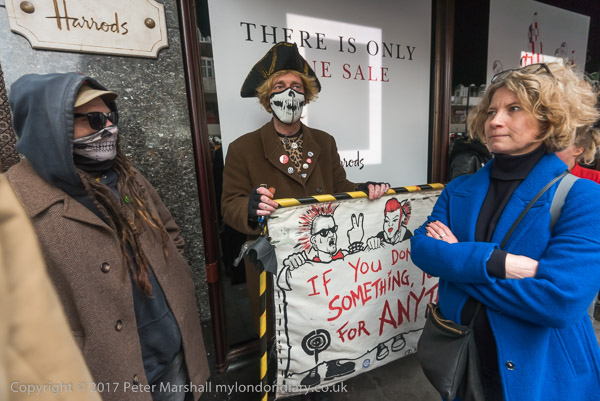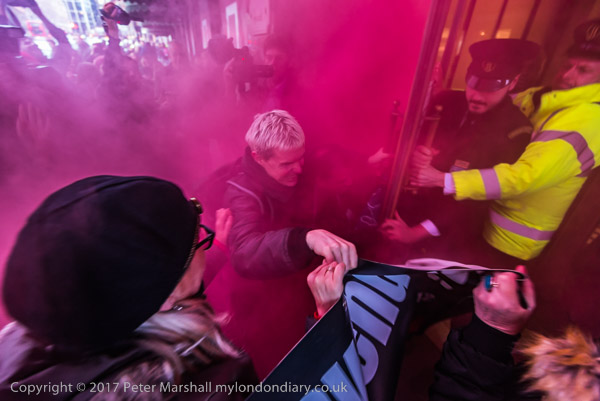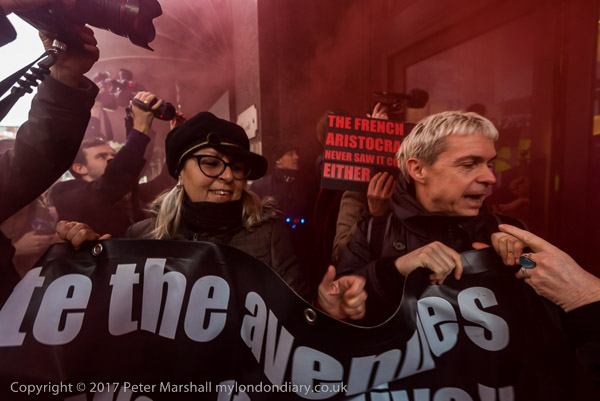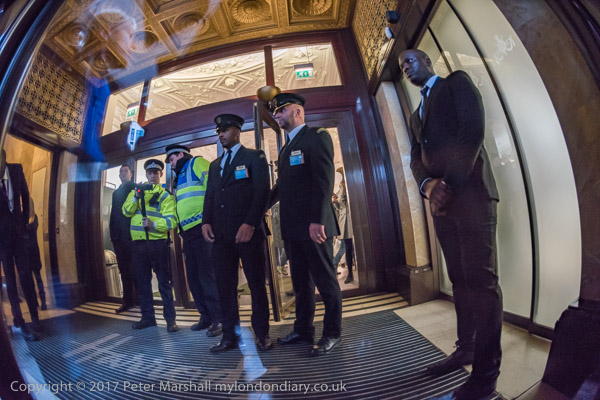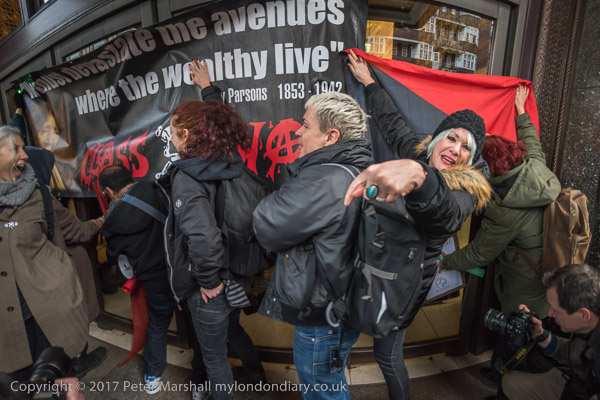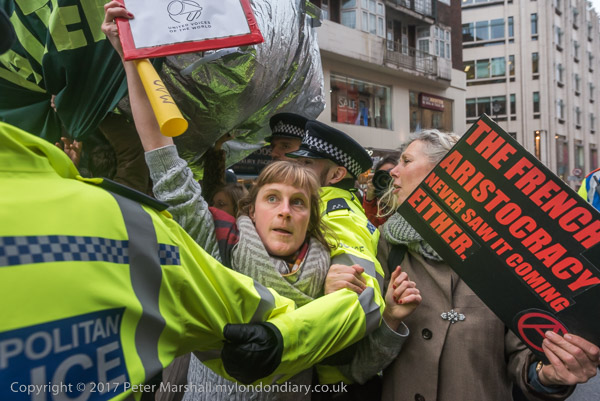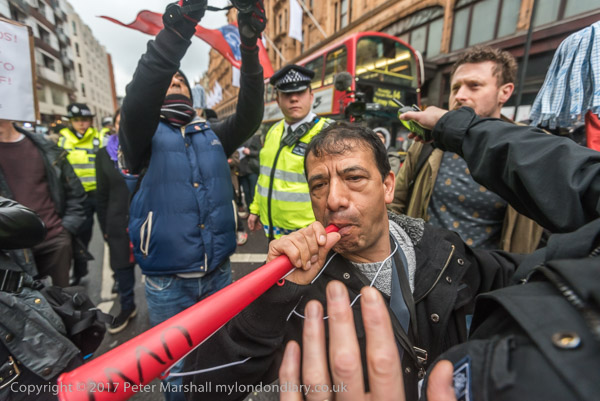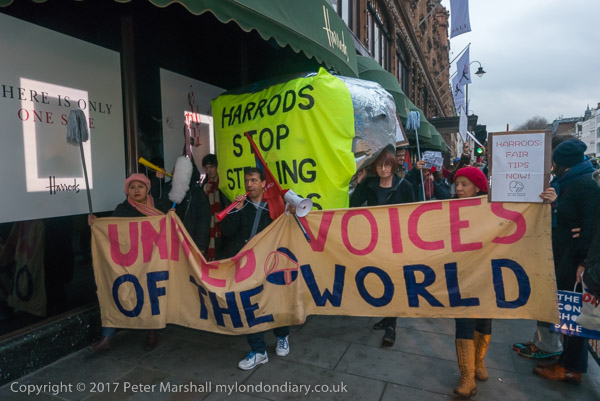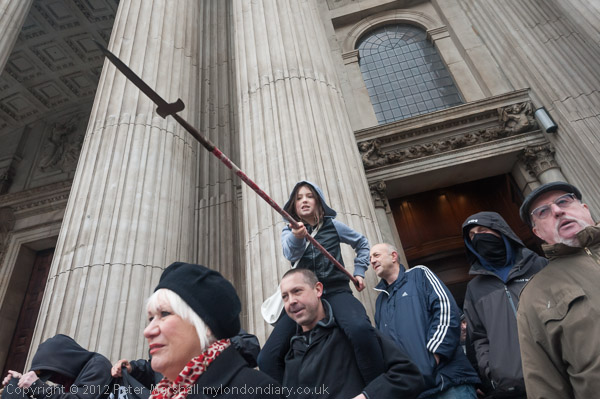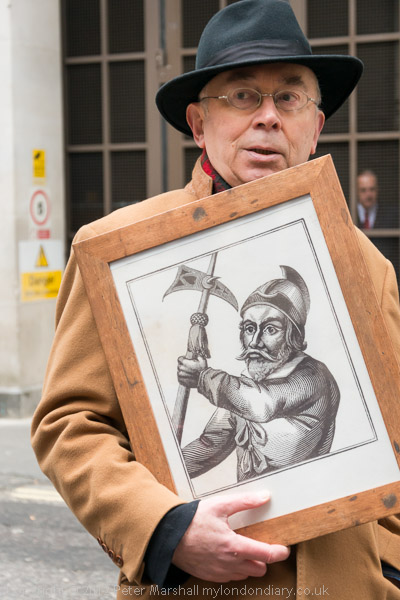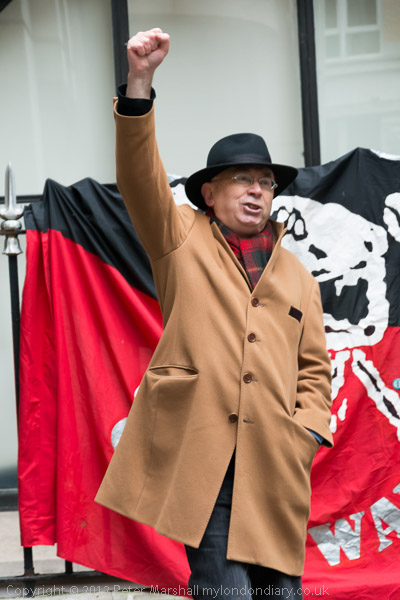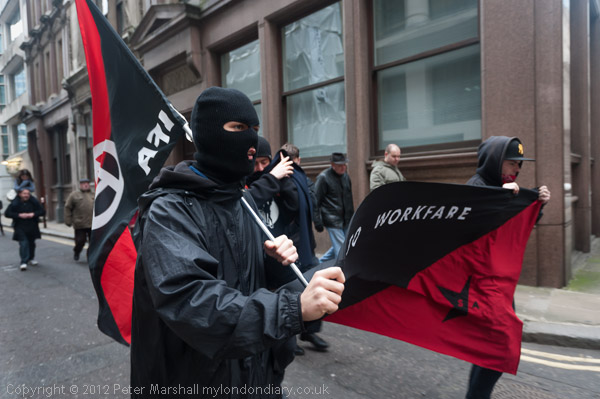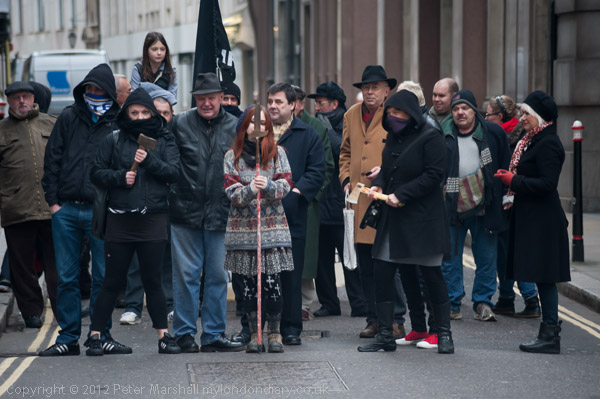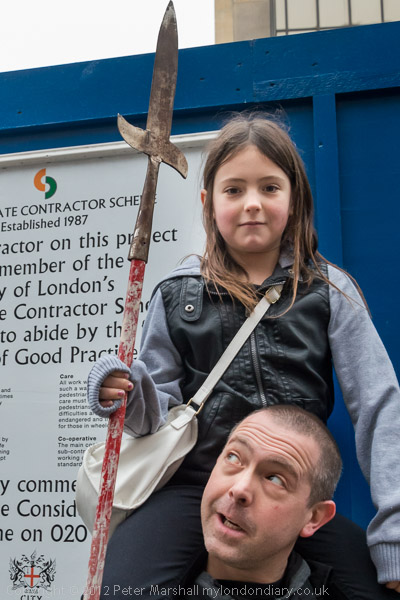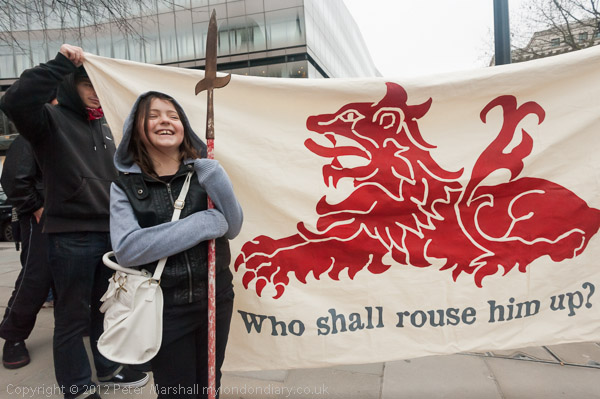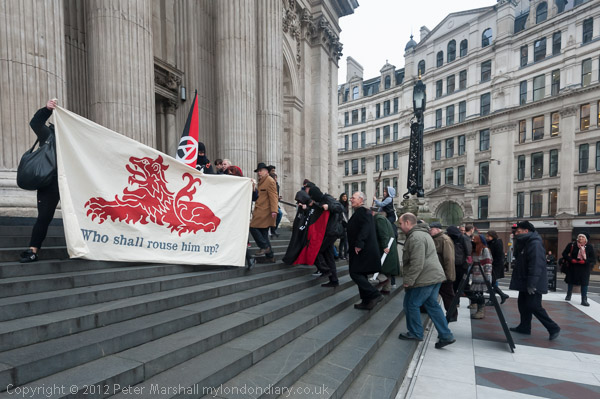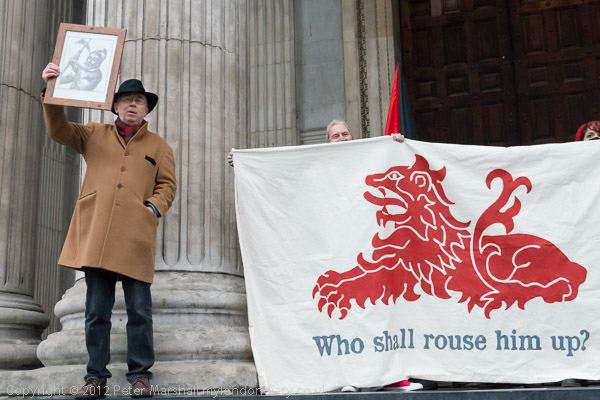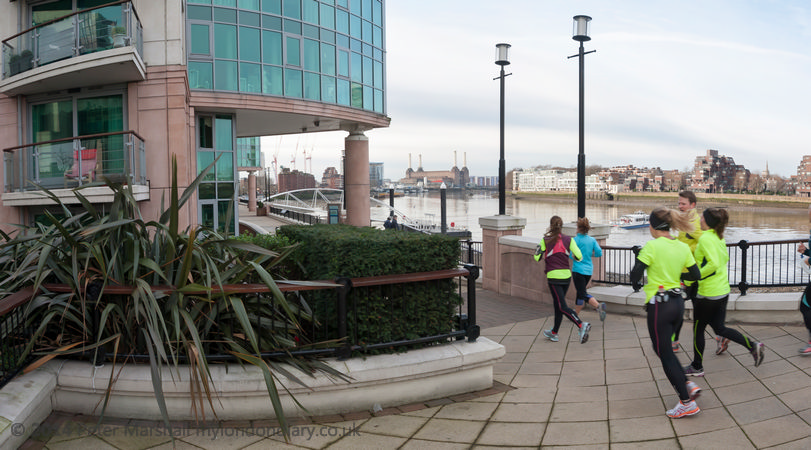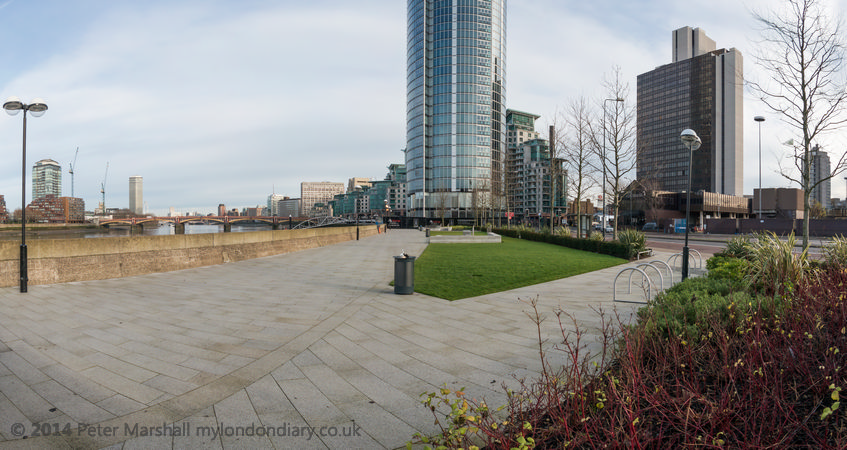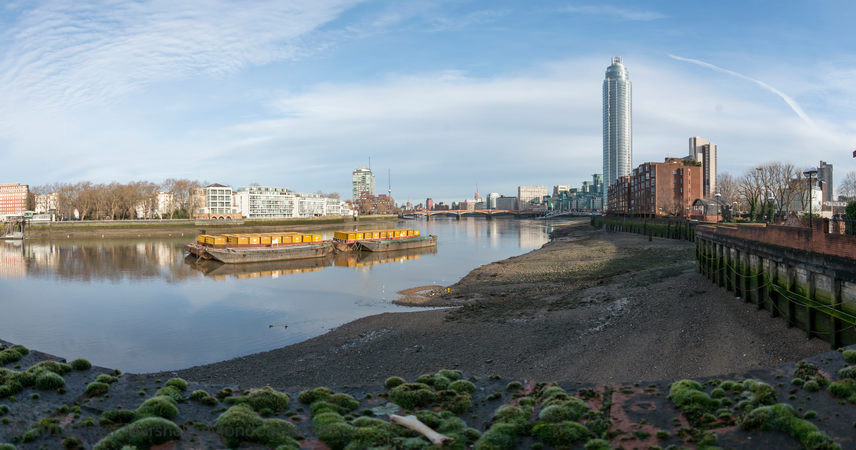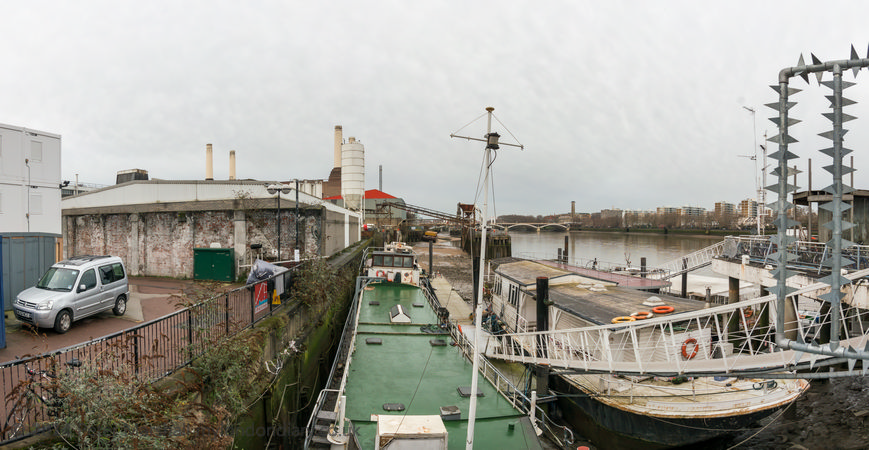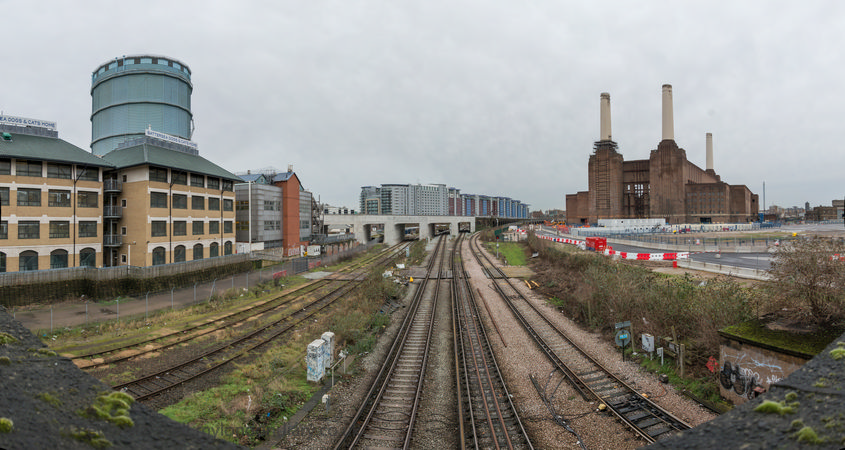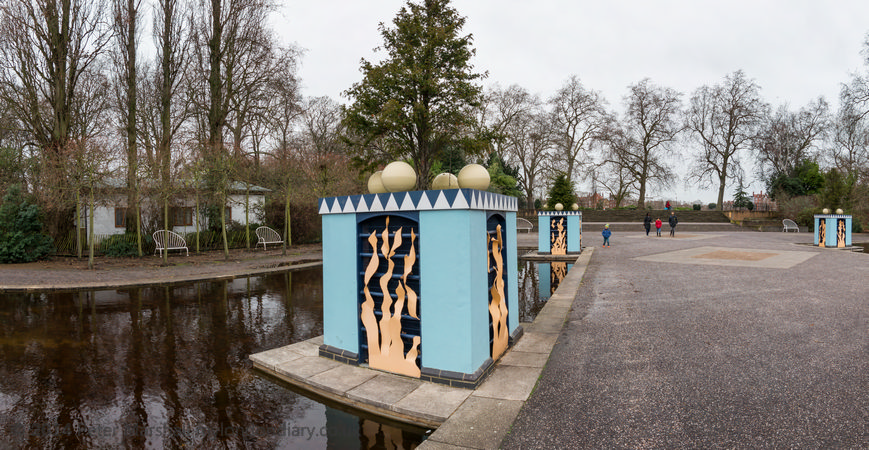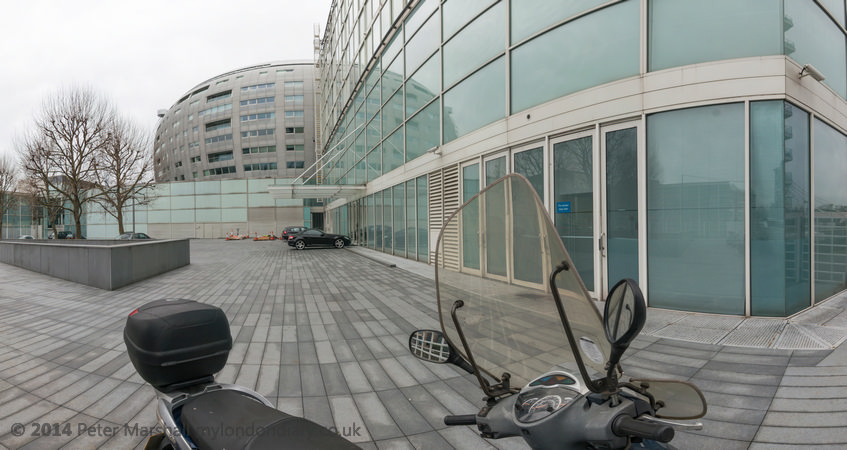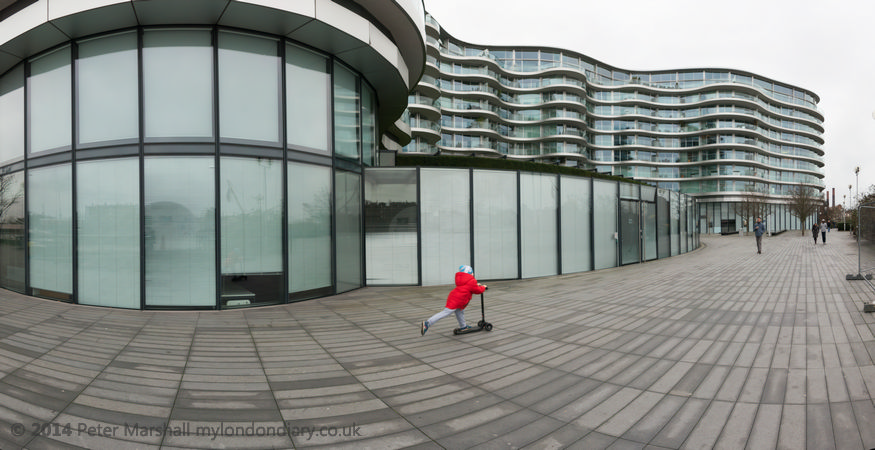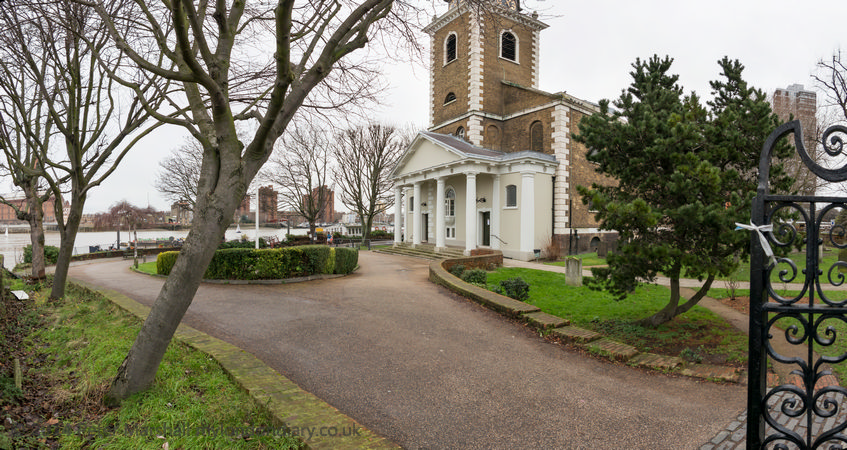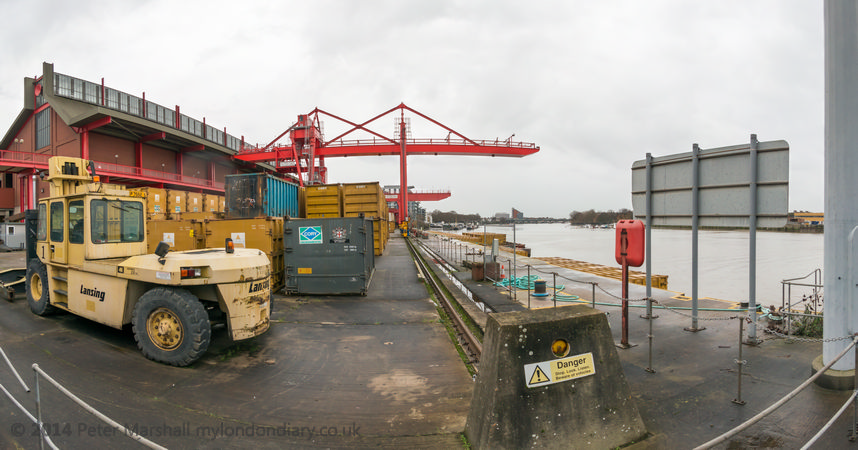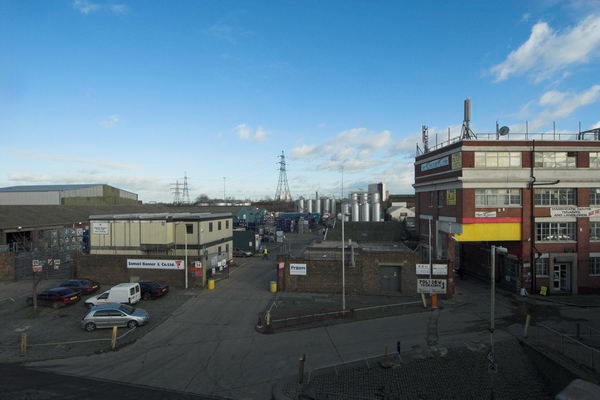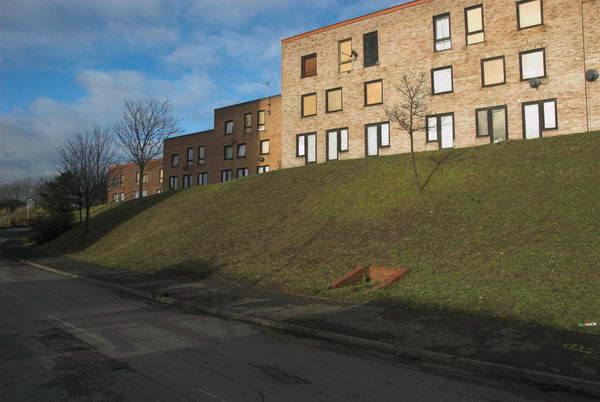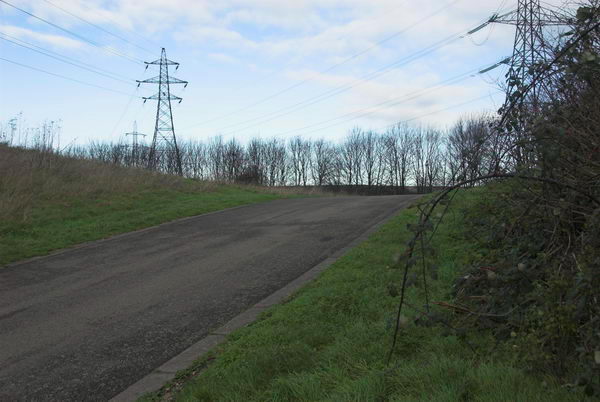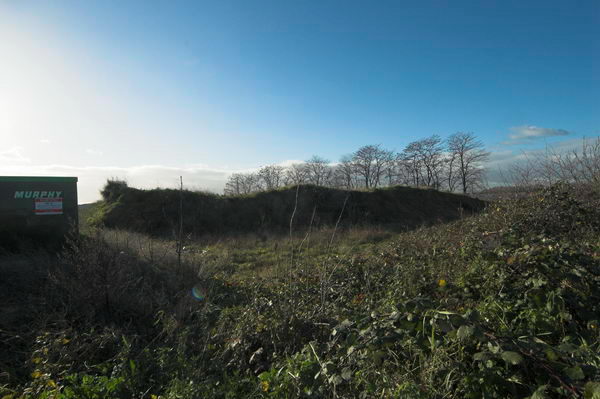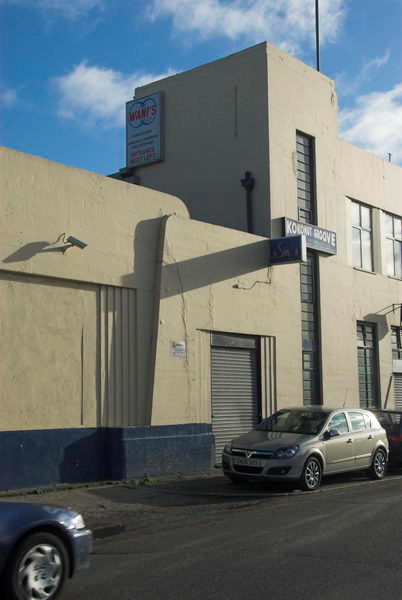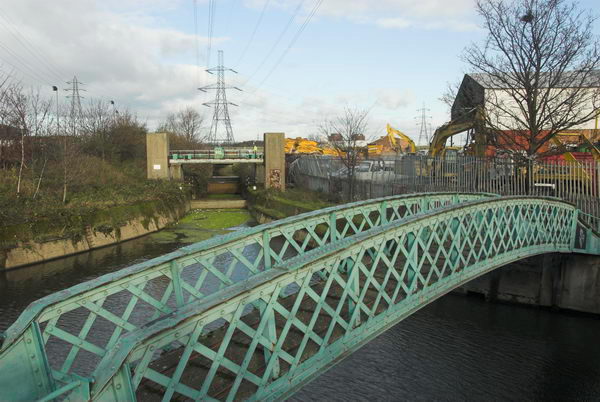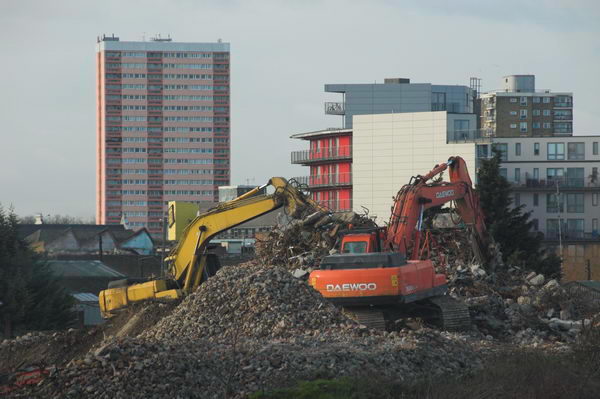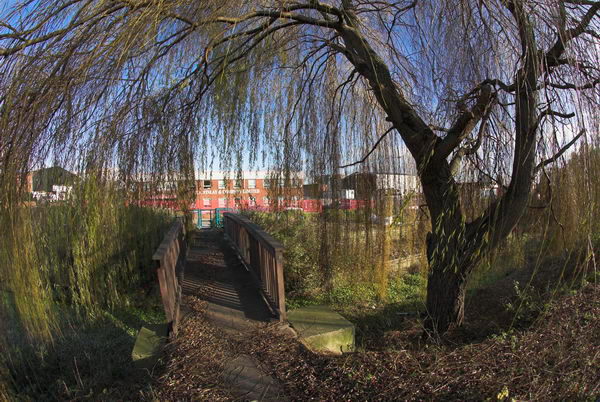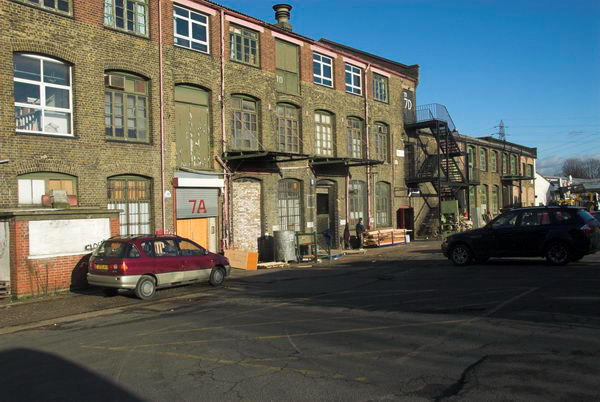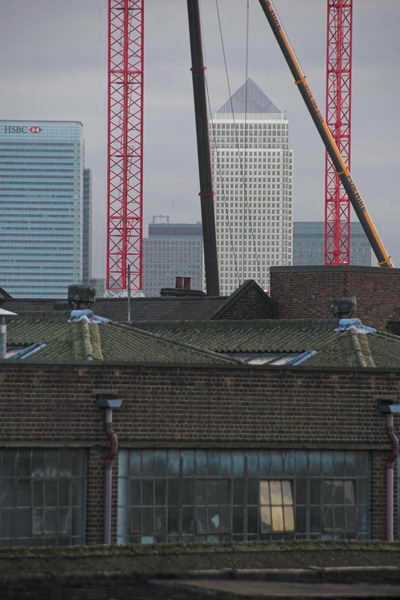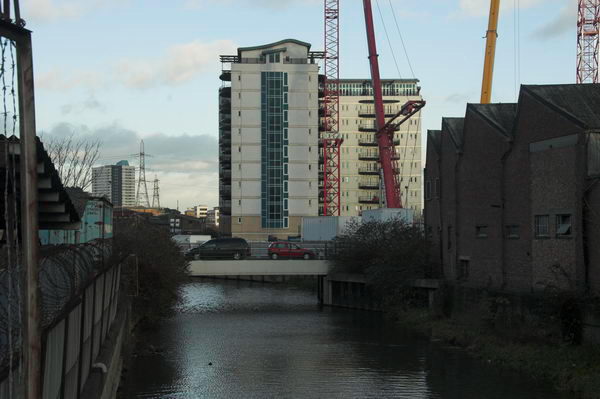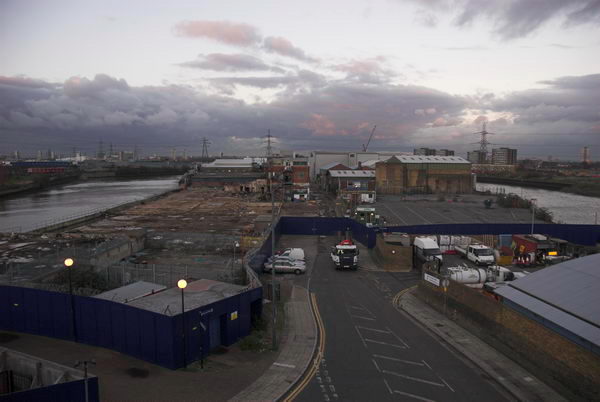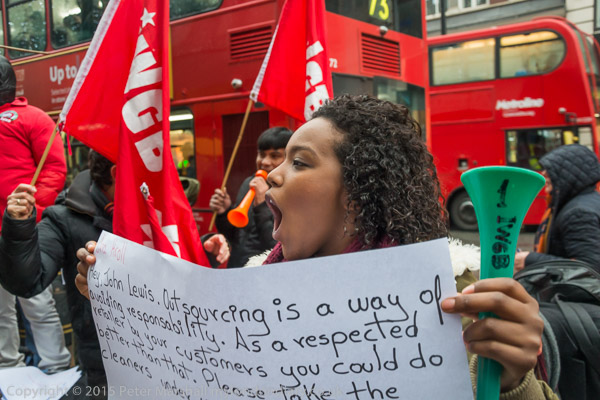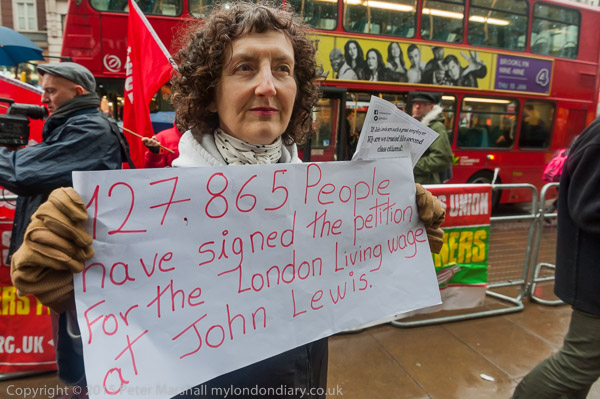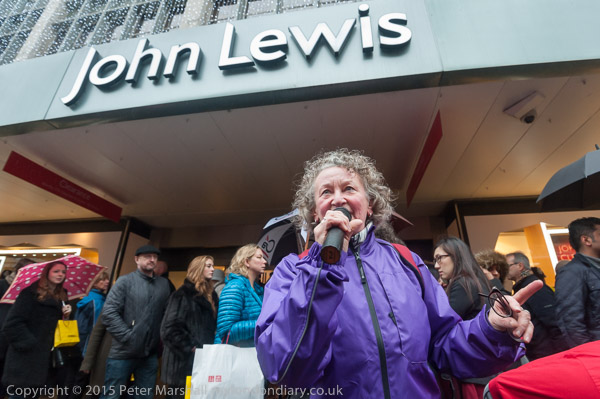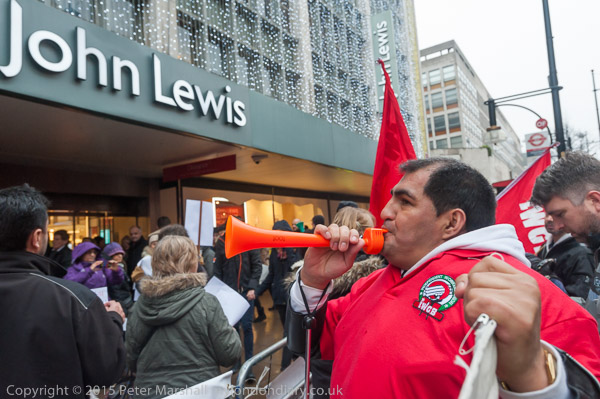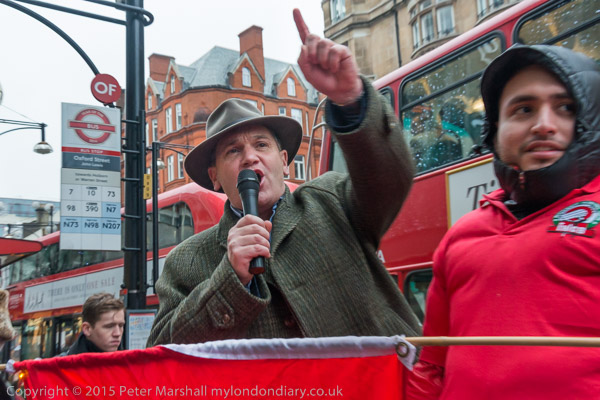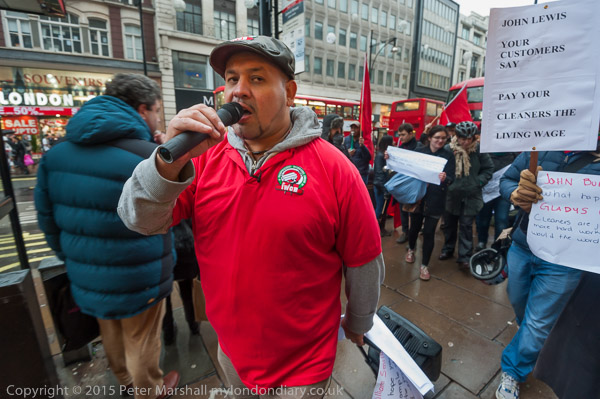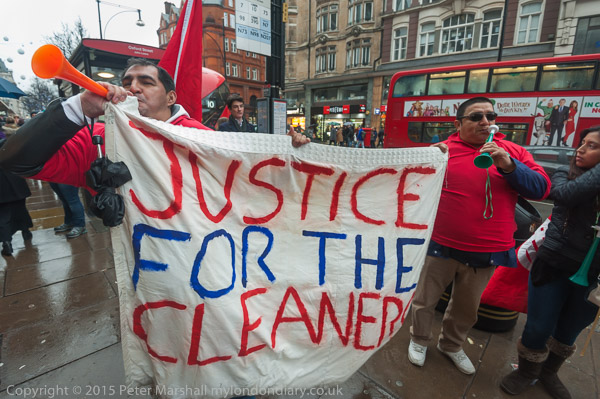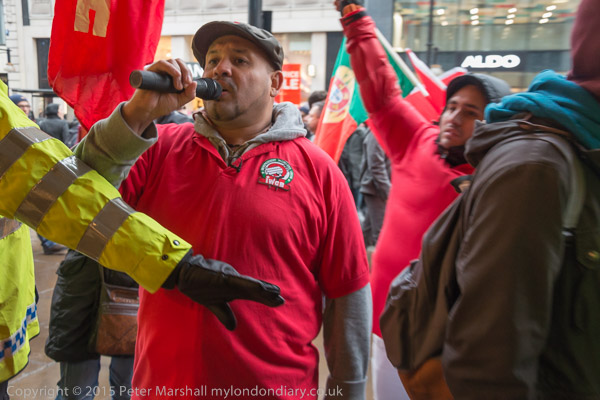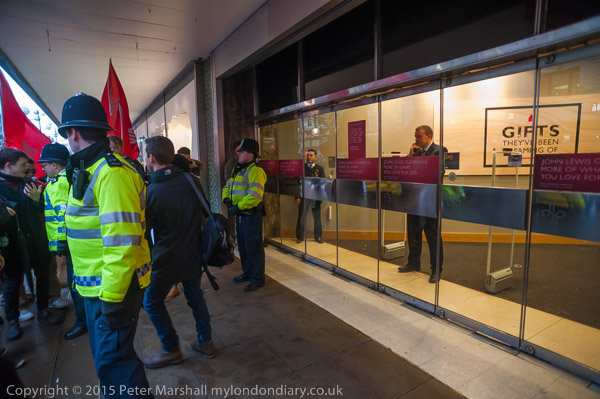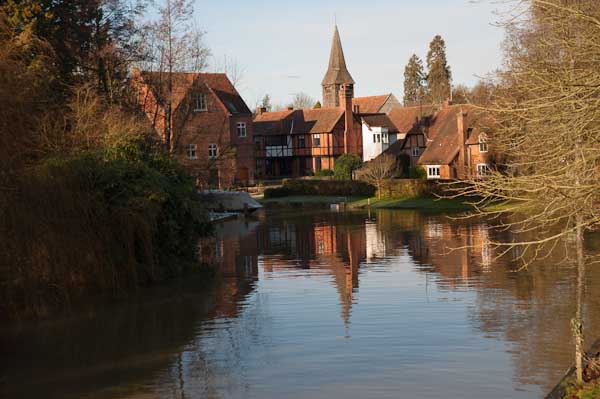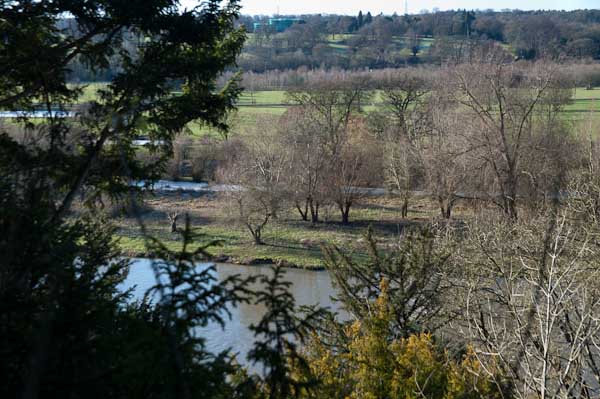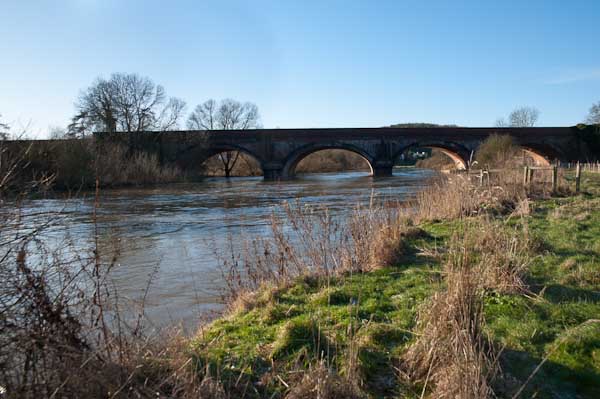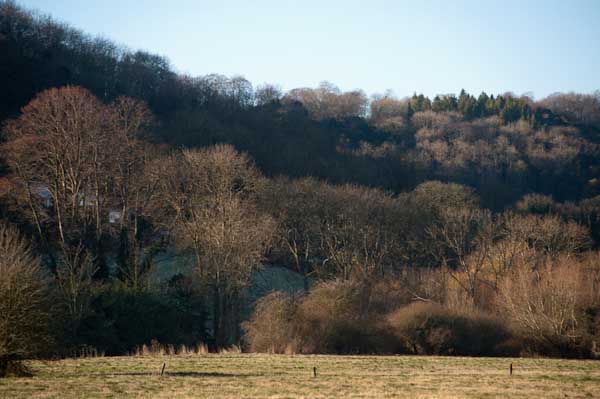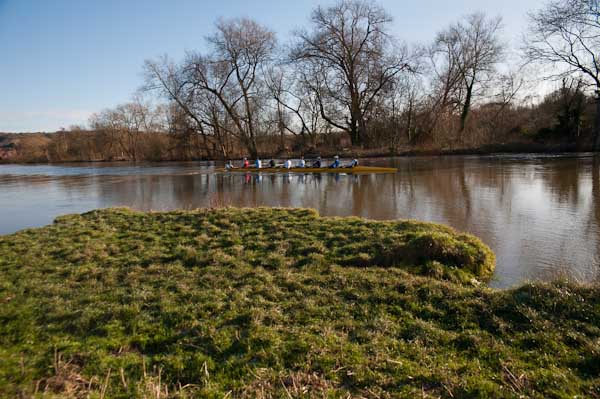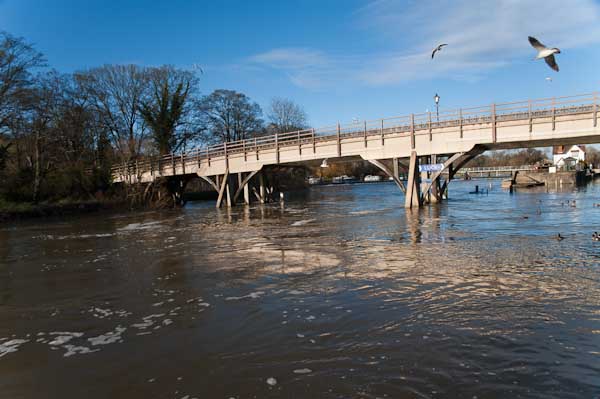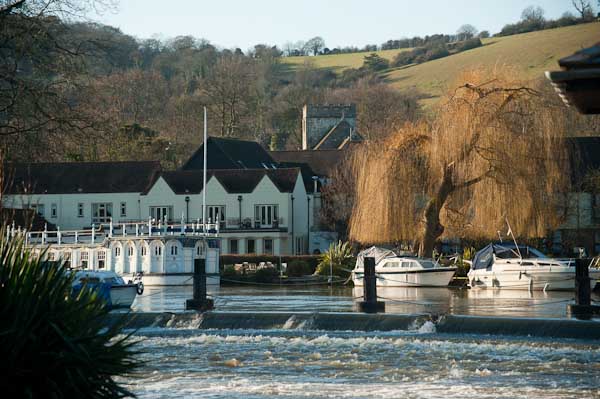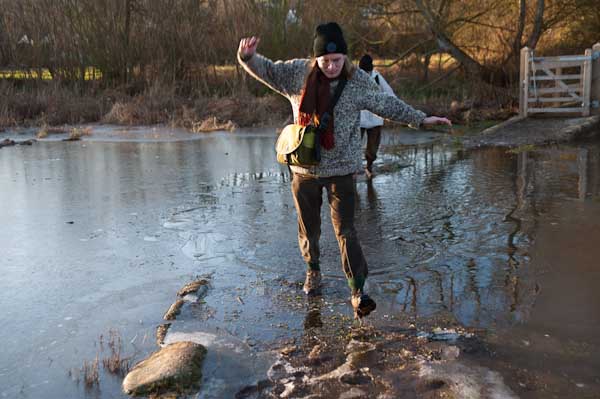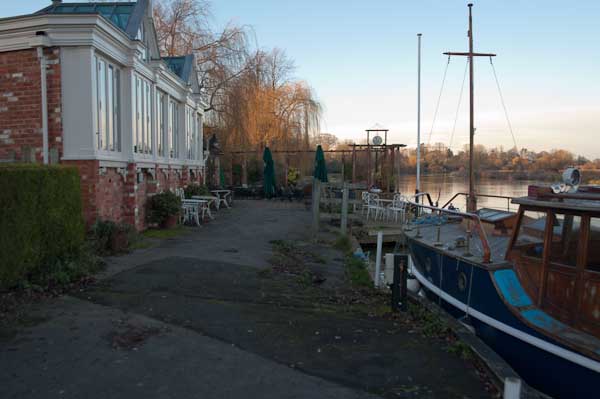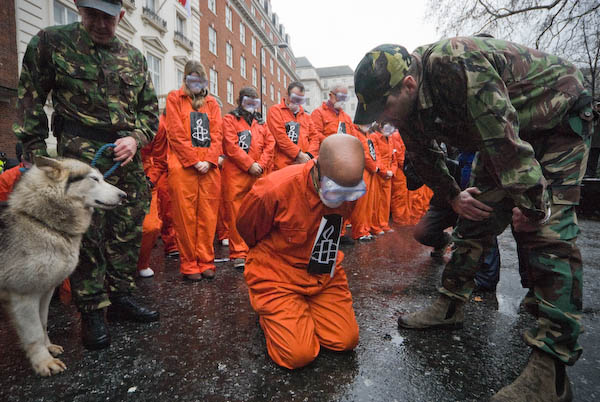
January 11th was for quite a few years a busy day for protests; it marked the anniversary of the setting up by the United States of a military prison as a torture camp at the disputed US Guantanamo Bay naval camp on the island of Cuba.
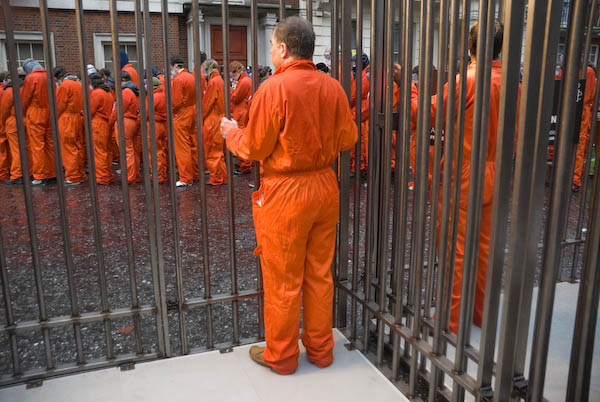
Set up in the aftermath of the 9/11 attack as a part of George W Bush’s ‘War on Terror’, the camp and the activities which took place there destroyed any final vestige of higher moral ground America could lay claim to in its role of world policeman, something that its various largely clandestine involvements in various South American American coups and activities in the Middle East and elsewhere had already largely laid waste.

Guantanamo is still there, still open, though the great majority of the 779 men brought there have been released. Most were totally innocent, victims of a US policy of offering $5,000 rewards for the capture of ‘terrorists’ to Pakistani and Afghan groups, who took the money for turning in anyone they felt would get them the money.
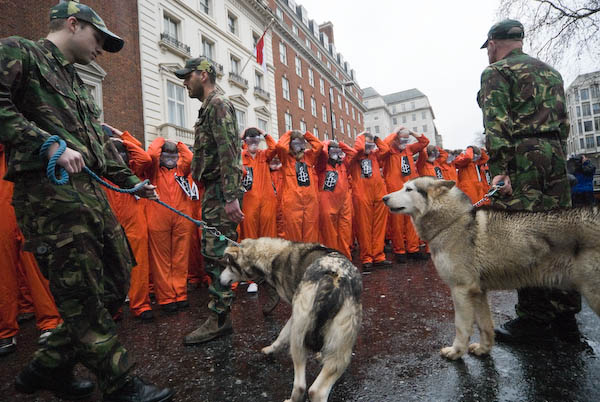
In October 2021, there were still 39 men held at Guantanamo, including ten who had long been cleared for release. Very few of those held over the years have faced trails trials and very few were involved in any acts of terrorism. Bush and Obama acted slowly but together released well over 700 of the prisoners, but Trump only released one, effectively stopping the process.
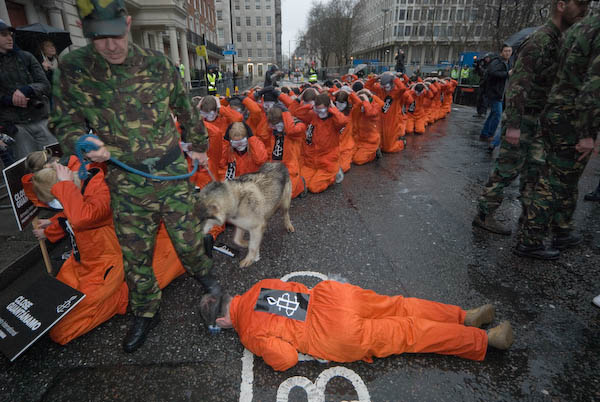
Protests continue in the UK, but on a much smaller scale, particularly since the last British resident, Shaker Aamer was released without charge or trial after 13 years of imprisonment and torture in 2015.
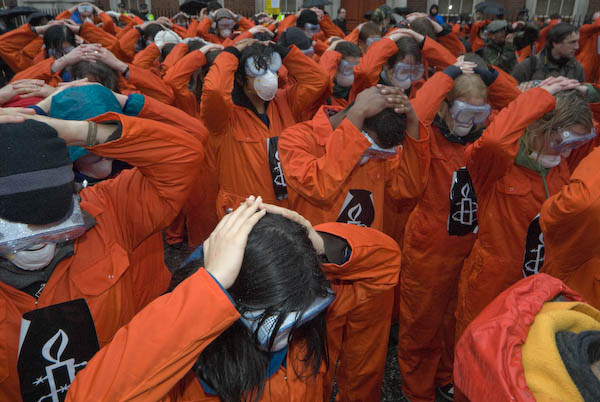
In 2008 Amnesty International organised a large protest in Grosvenor Square, a few yards from the US Embassy, though the street in front of the embassy had been closed to prevent protests there. They brought with them two cages, similar to those in which the prisoners were imprisoned outdoors at Guantanamo, with a large group of people wearing the orange jumpsuits which they are made to wear there. Protesters dressed as guards in military style uniforms harassed the ‘prisoners’ interrogating them and threatening them with violence and with aggressive-looking dogs.
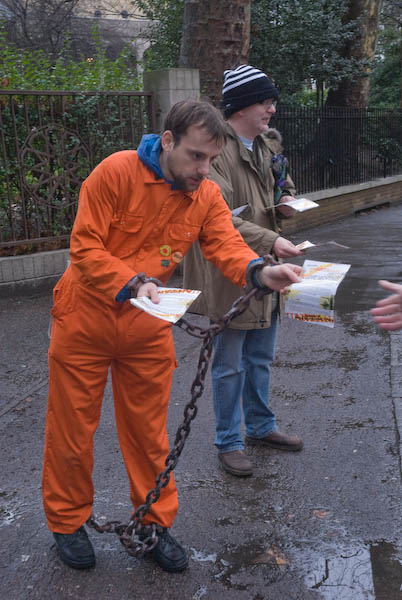
From Grosvenor Square I went up to the Regents Park Mosque, where activists from Cageprisoners and the London Guantánamo Campaign, some also in those orange jumpsuits and one manacled hand and foot. There they were handing out leaflets to those attending Friday Prayers.
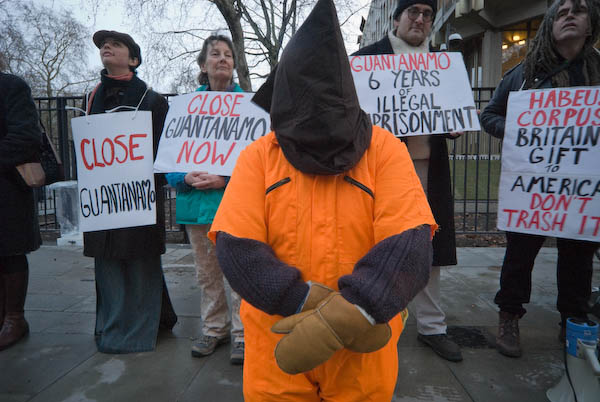
Later I went with them to Paddington Green Police station, where terrorist suspects are detained and questioned in this country. They were going on to continue to protest in Parliament Square, but I returned first to the US Embassy, where the London Catholic Worker Community was holding a two hour vigil closed to the corner of the Embassy, holding placards and lighting candles for those still held and several who had died there. Several were alleged to have committed suicide, but later evidence emerged strongly suggesting they had died during torture.
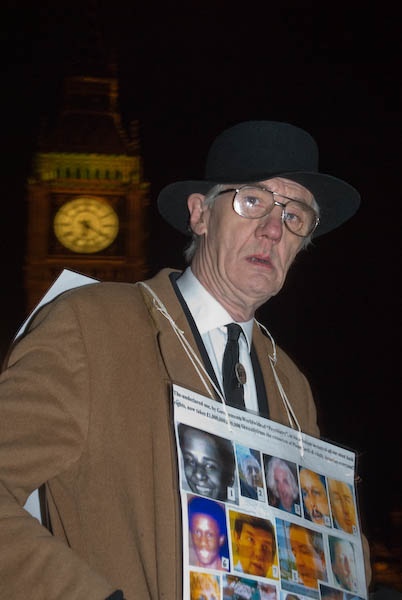
The final event of the day was a rally in Parliament Square organised by Cageprisoners and the London Guantánamo Campaign with a number of speakers including Victoria Brittain, former Guantanamo prisoner Moazzam Begg, laywers including Gareth Peirce, Bruce Kent, Yvonne Ridley and Jean Lambert MEP.
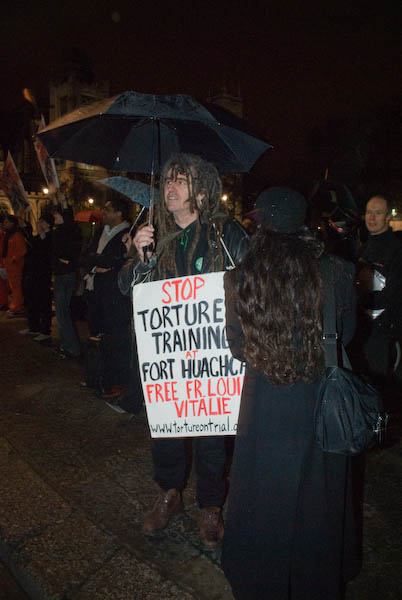
It was dark, cold and wet, but those present were cheered by the announcement at the end of the rally that Scotland Yard were investigating allegations of 14 criminal offences committed by Tony Blair and Lord Goldsmith and others which resulted in the deaths of Iraqi citizens during the armed invasion and occupation of Iraq.
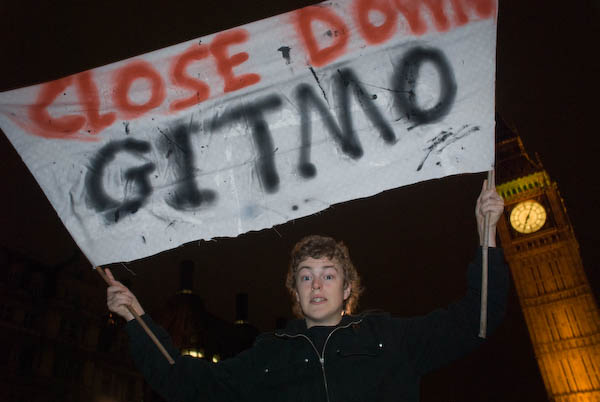
Unfortunately and predictably these investigations came to nothing, and though the Chilcot report was damning in parts, Blair not only got off scot-free but this New Year was awarded a knighthood. A few days ago one of several petitions to have his “Knight Companion of the Most Noble Order of the Garter” rescinded reached over a million signatures. Mine was one of them.
Six years of Guantanamo: Amnesty
London Guantanamo Campaign / Cageprisoners
Guantanamo – London Catholic Worker
Guantanamo – Parliament Square Rally








